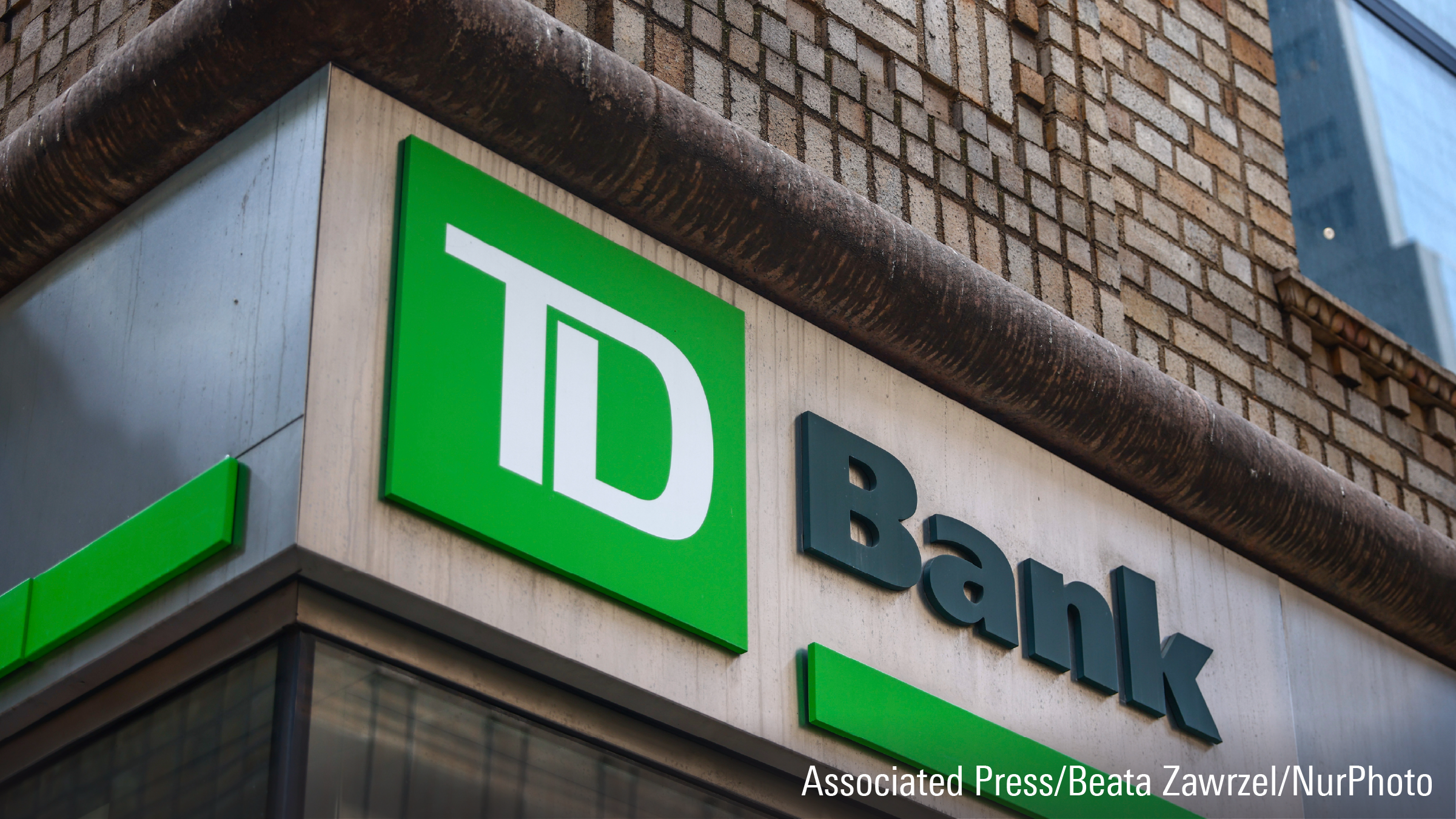
Those who lived through the 1970s and '80s no doubt find their photographs from those decades to be cringe-worthy. But while few may wish to repeat a fashion era marked by pastel-colored suits and big hair, one aspect of those bygone decades is appealing--substantially higher interest rates than those that prevail today.
The average interest rate on a six-month certificate of deposit was 9.1% in 1970 and 13.4% in 1980. Of course, inflation was high then, too, but those higher rates, plus the prevalence of pensions, allowed many retirees to generate livable income streams without invading their principal or taking risks in stocks.
But two decades worth of declining interest rates dragged yields way down, dramatically compounding the challenge for retirees. With infinitesimal yields on money market accounts and high-quality bonds, retirees' choices are stark: To be able to afford retirement, they can plan to delay the date, save more, reduce their standards of living, or take more risks with their portfolios.
The Bucket approach to retirement-portfolio management, pioneered by financial-planning guru Harold Evensky, aims to meet those challenges, effectively helping retirees create a paycheck from their investment assets. Whereas some retirees have stuck with an income-centric approach but have been forced into ever-riskier securities, the Bucket concept is anchored on the basic premise that assets needed to fund near-term living expenses ought to remain in cash, dinky yields and all. Assets that won't be needed for several years or more can be parked in a diversified pool of long-term holdings, with the cash buffer providing the peace of mind to ride out periodic downturns in the long-term portfolio.
The all-important Bucket 1
The linchpin of any Bucket framework is a highly liquid component to meet near-term living expenses for one year or more. Cash yields are still quite low, so Bucket 1 is by no means a return engine. But the goal of this portfolio sleeve is to stabilize principal to meet income needs not covered by other income sources. To arrive at the amount of money to hold in Bucket 1, start by sketching out spending needs on an annual basis. Subtract from that amount any certain, nonportfolio sources of income such as Social Security or pension payments. The amount left over is the starting point for Bucket 1: That's the amount of annual income Bucket 1 will need to supply.
More conservative investors will want to multiply that figure by two or more to determine their cash holdings. Alternatively, investors concerned about the opportunity cost of so much cash might consider building a two-part liquidity pool--one year of living expenses in true cash and one or more year of living expenses in a slightly higher-yielding alternative holding, such as a short-term bond fund. A retiree might also consider including an emergency fund within Bucket 1 to defray unanticipated expenses such as car repairs, additional healthcare costs, and so on.
Bucket 2 and beyond
Although retirees may customize different frameworks for the number of buckets they hold, and the types of assets in each, my Model Bucket Portfolios include two additional buckets, as follows.
Bucket 2: Under my framework, this portfolio segment contains five or more years' worth of living expenses, with a goal of income production and stability. Thus, it's dominated by high-quality fixed-income exposure, though it might also include a small share of high-quality dividend-paying equities and other yield-rich securities such as master limited partnerships. Balanced or conservative- and moderate-allocation funds would also be appropriate in this part of the portfolio.
Income distributions from this portion of the portfolio can be used to refill Bucket 1 as those assets are depleted. Why not simply spend the income proceeds directly and skip Bucket 1 altogether? Because most retirees desire a reasonably consistent income stream to help meet their income needs. If yields are low, the retiree can maintain a consistent standard of living by looking to other portfolio sources, such as rebalancing proceeds from Buckets 2 and 3, to refill Bucket 1.
Bucket 3: The longest-term portion of the portfolio, Bucket 3 is dominated by stocks and more volatile bond types such as junk bonds. Because this portion of the portfolio is likely to deliver the best long-term performance, it will require periodic trimming to keep the total portfolio from becoming too equity-heavy. By the same token, this portion of the portfolio will also have much greater loss potential than Buckets 1 and 2. Those portfolio components are in place to prevent the investor from tapping Bucket 3 when it's in a slump, which would otherwise turn paper losses into real ones.
Bucket maintenance
The Bucket structure calls for adding assets back to Bucket 1 as the cash is spent down. Yet, investors can exercise a lot of leeway to determine the logistics of that necessary Bucket maintenance. This article goes into more detail on the topic.
The following sequence will make sense in many situations:
- Income from cash holdings in Bucket 1.
- Income from bonds and dividend-paying stocks from Buckets 2 and possibly even 3. (Income-focused investors might decide that their bucket maintenance starts and stops with these distributions.)
- Rebalancing proceeds from Buckets 2 and especially 3.
- Principal withdrawals from Bucket 2, provided the above methods have been exhausted. Such a scenario would tend to be most likely in a 2008-style environment, when bond and dividend yields dropped and equities slumped, thereby making it an inopportune time to unload equities. (Such a scenario would generally be a decent time to engage in tax-loss selling, but the proceeds from that would be best deployed back into equities.)
Are you getting the right return?
Get our free equity indexes to benchmark your portfolio here



















